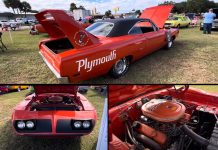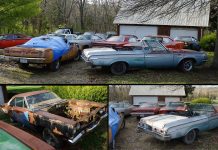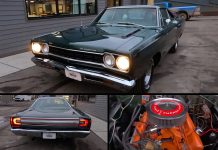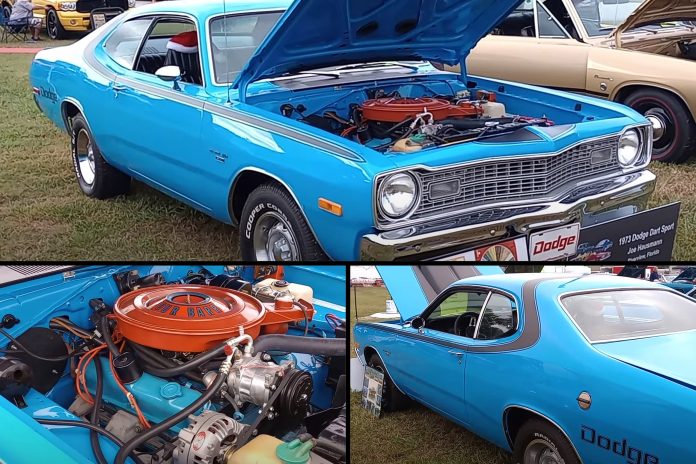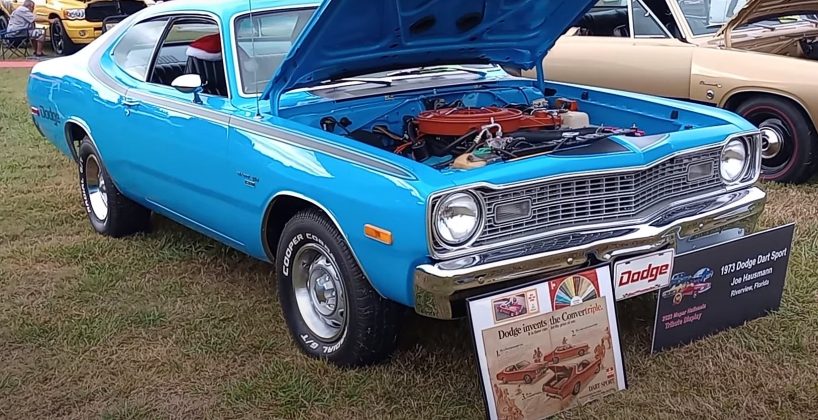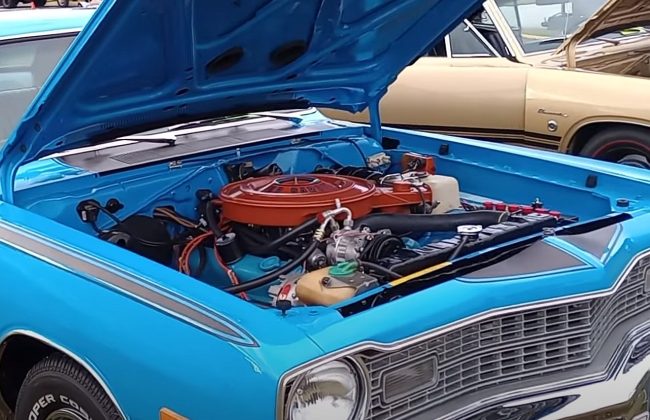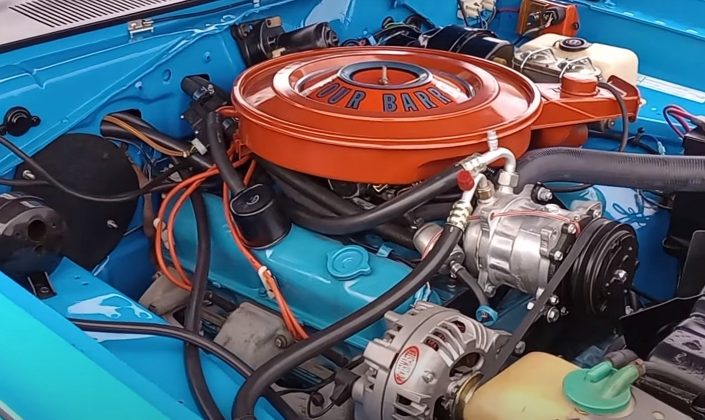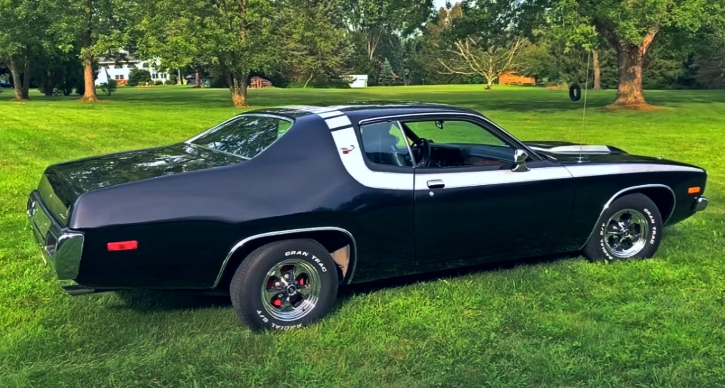Dodge unveiled the Dart in 1959, targeting the low-priced segment with a slightly downsized large car. However, the Dart’s identity underwent several transformations, reflecting the dynamic shifts in the automotive market.
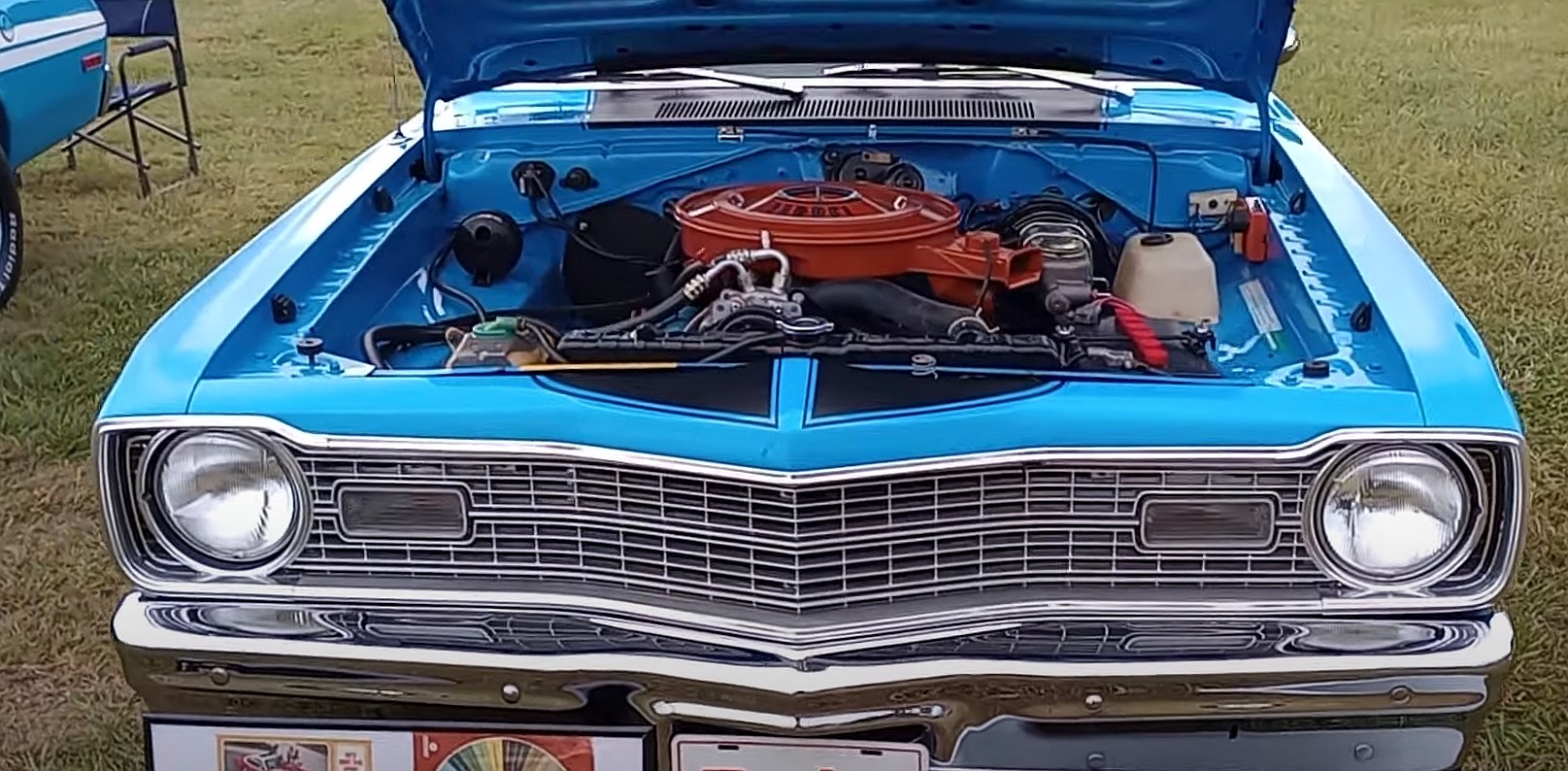
Just two years after its debut, Dodge repositioned the Dart into the midsize class. Yet, this adjustment was short-lived. In the subsequent year, the Dart underwent another redesign, emerging as a compact model to complement the Plymouth Valiant.
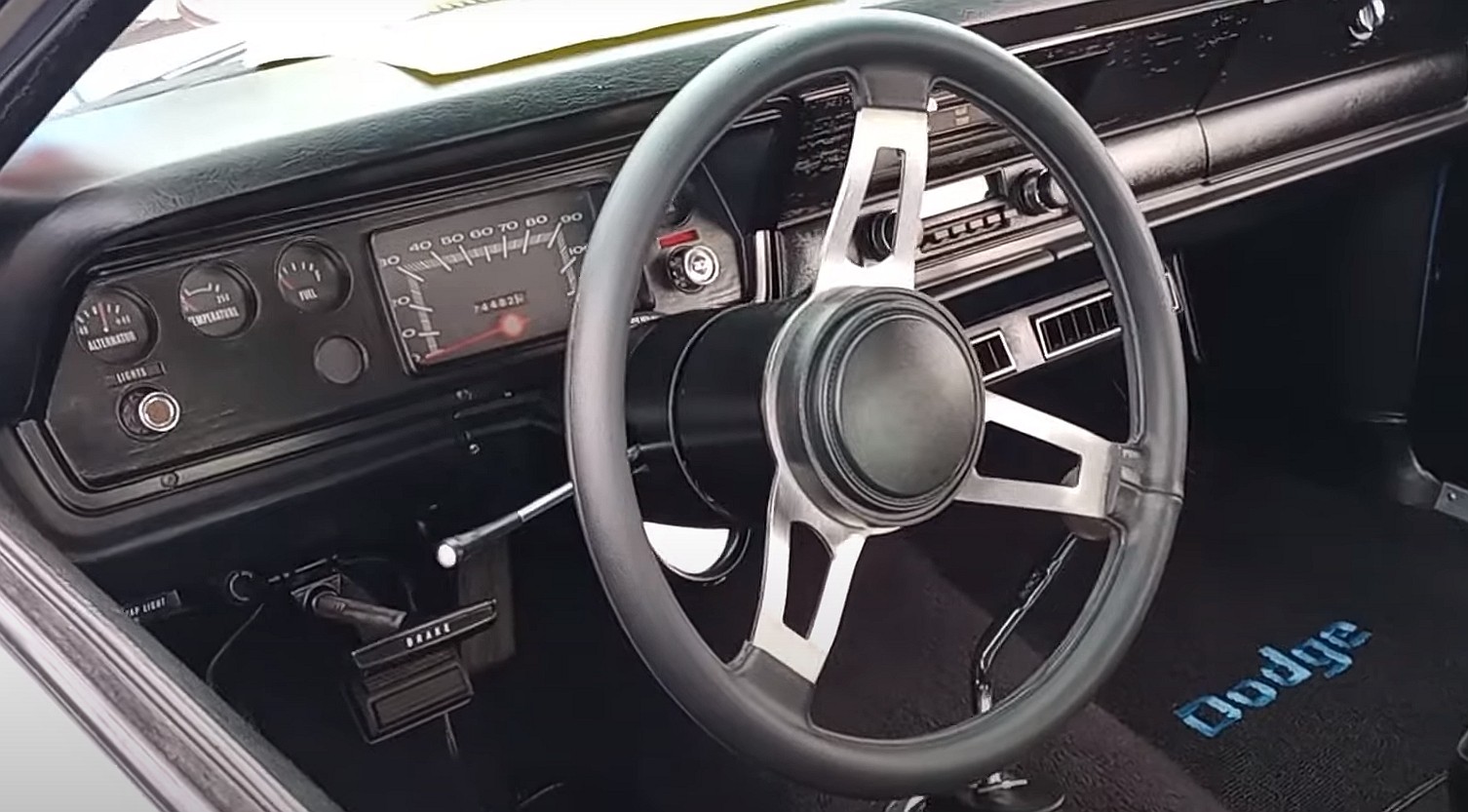
The Dart swiftly ascended to become one of Dodge’s top-selling models. With the onset of the muscle car era in Detroit, it underwent further enhancements, particularly in the realm of high-performance engines.
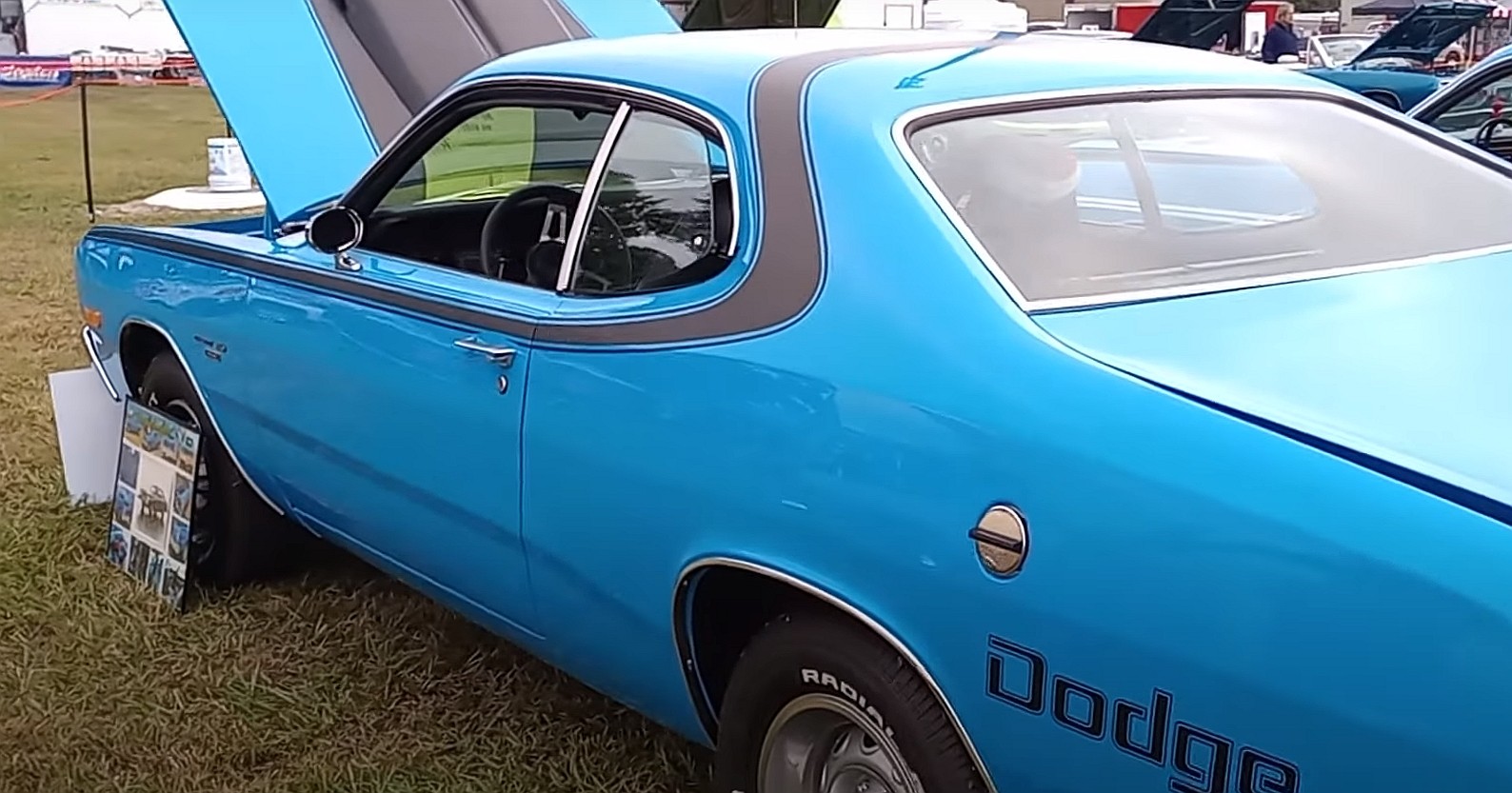
By 1969, the Dart featured formidable options, including big-block mills and exclusive editions equipped with the powerful 426-cubic-inch HEMI and 440-cubic-inch RB engines.
While these powerhouse engines didn’t become standard options, the Dart did offer smaller but potent alternatives. The 340-cubic-inch four-barrel V8, introduced in 1967, became a key player, finding its place in models like the Dart GTS and later the Swinger in 1969.
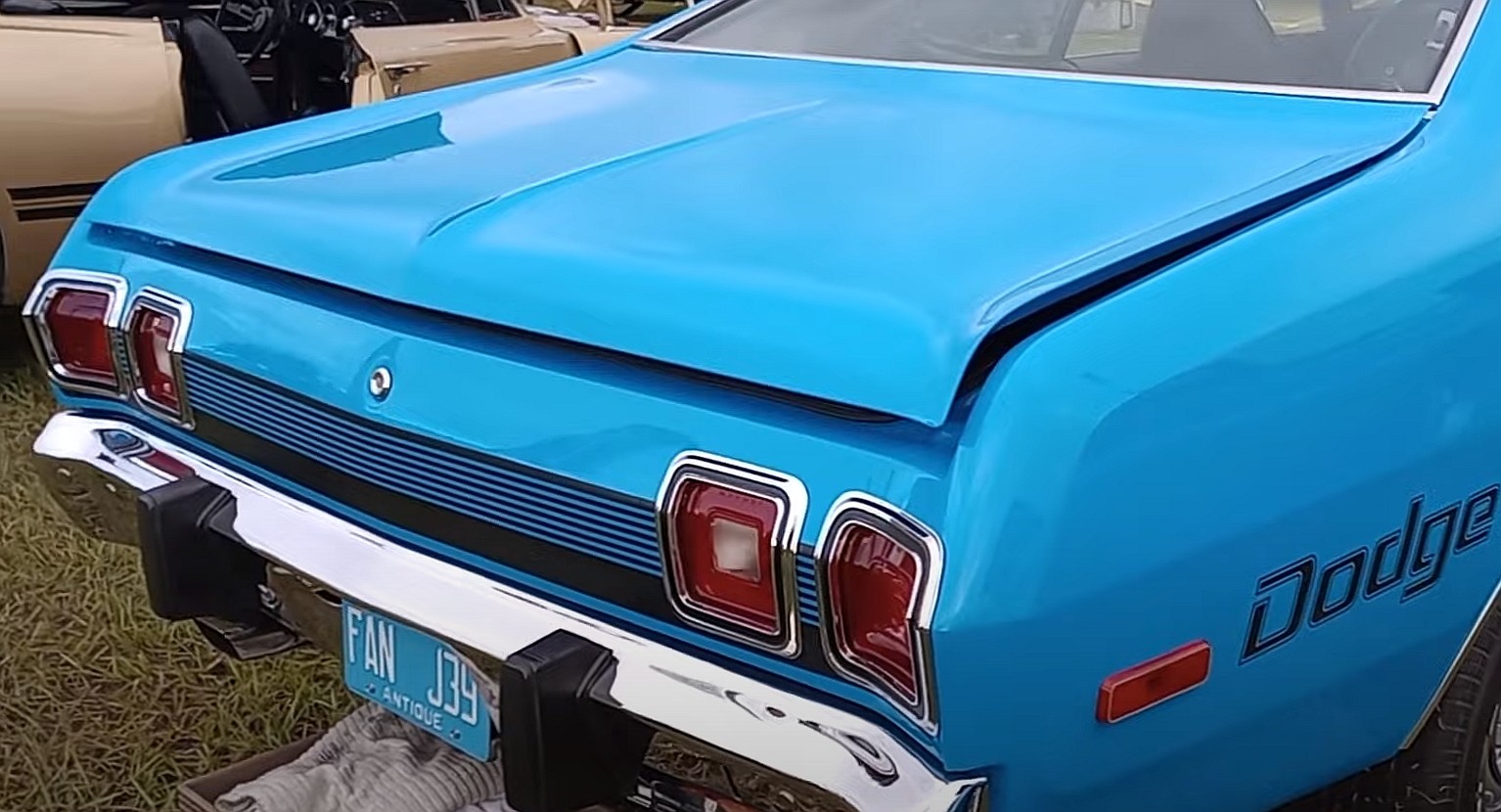
In 1970, with the retirement of the 383-cubic-inch engine, the 340-cubic-inch V8 took the mantle as the Dart’s top-tier powerplant. The high-output 340 persisted beyond the Dart Swinger era, continuing in the Demon model until 1972.
The Demon name faced controversy and was dropped in 1972 due to objections from religious groups. However, the high-performance package persisted as Dodge rebranded its flagship Dart as the Sport 340, maintaining the 240-horsepower V8 option.
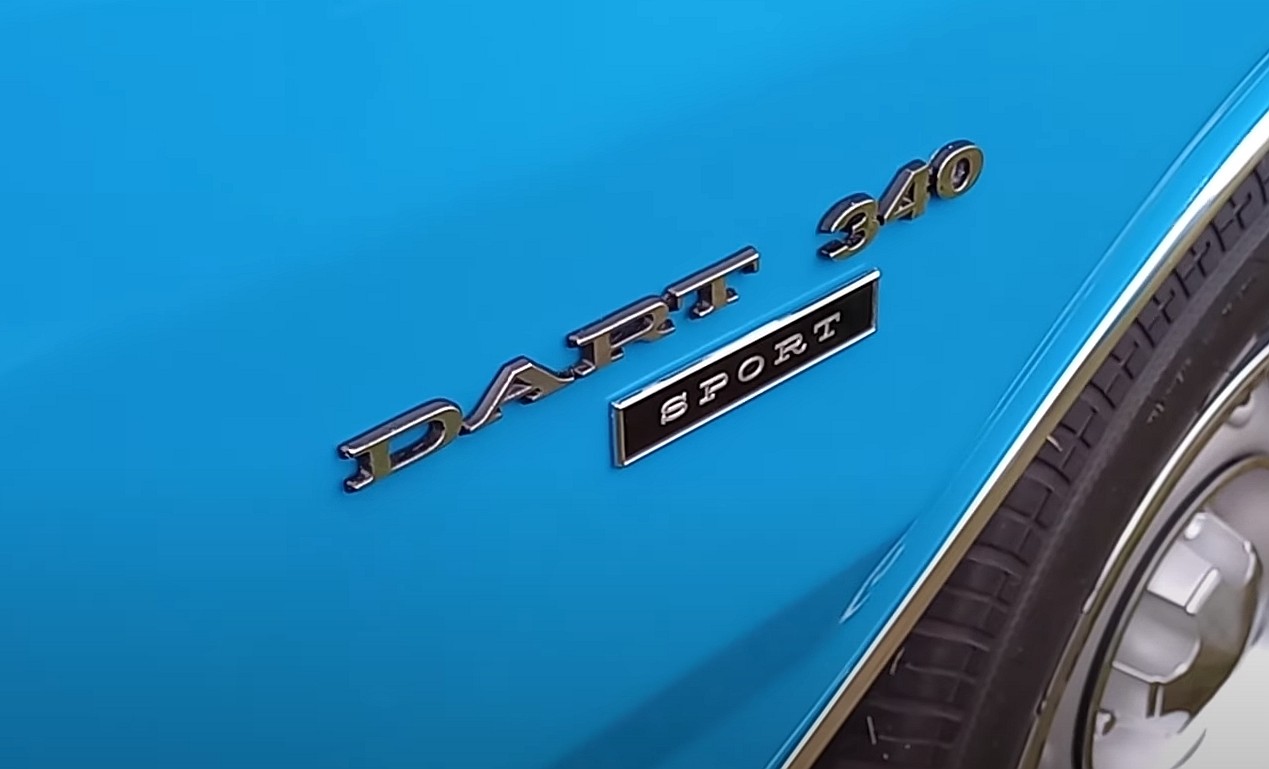
1973 marked the conclusion of the 340’s presence in the Dart lineup. Dodge replaced it with a larger 360-cubic-inch V8 for the 1974 model year, signaling the end of an era for one of the last surviving high-performance engines of the golden muscle car era.
The 1973 Dart Sport 340, despite being produced in substantial numbers (over 11,000 units), stands out due to its unique characteristics. While it might not enjoy the same desirability as the Demon or other muscle cars from that era, its scarcity lies in the passion invested by dedicated enthusiasts.
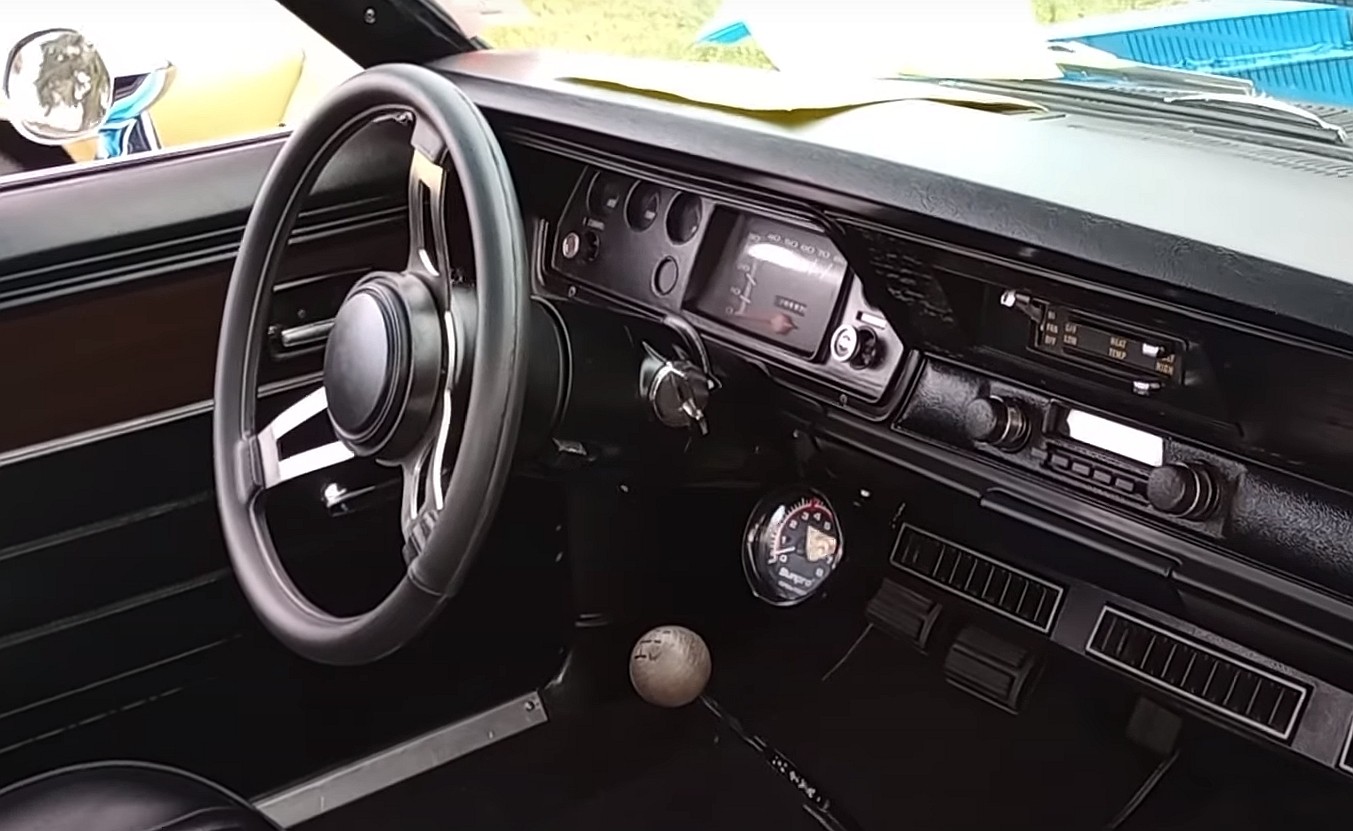
This specific Dart exemplifies a true labor of love. Many enthusiasts are hesitant to invest significantly in a 1973 pony car, making this example distinctive in its meticulous restoration process that spanned six years.
Freshly out of the extensive restoration, this Dart boasts a flawless appearance both inside and out. Maintaining high originality, it proudly features a numbers-matching powerplant, capturing the essence of its heyday.
While the comparison to the Superbird might seem ambitious, the Dart’s Petty Blue exterior adds a unique charm. This color, synonymous with racing legend “The King,” adds a touch of nostalgia and sophistication, making it a standout in the Mopar lineup, irrespective of the era.
# FAQs: Dart Sport 340 Enthusiast Queries
## FAQ 1: Why is the 1973 Dart Sport 340 considered special?
The 1973 Dart Sport 340, though not rare in production numbers, stands out due to its meticulous restoration and high originality. Its uniqueness lies in being a labor of love for enthusiasts who invested significantly in its preservation.
## FAQ 2: What distinguishes the Dart Sport 340’s restoration?
The Dart Sport 340 underwent a comprehensive six-year restoration, resulting in a spotless appearance inside and out. The emphasis on maintaining originality, including a numbers-matching powerplant, sets it apart in the realm of classic cars.
## FAQ 3: Why mention Petty Blue in connection with the Dart?
The Dart’s Petty Blue exterior pays homage to the legendary “The King” and adds a distinctive touch to the car. This color choice, while a departure from the Superbird, enhances the Dart’s appeal and connects it to the racing heritage of the era.



